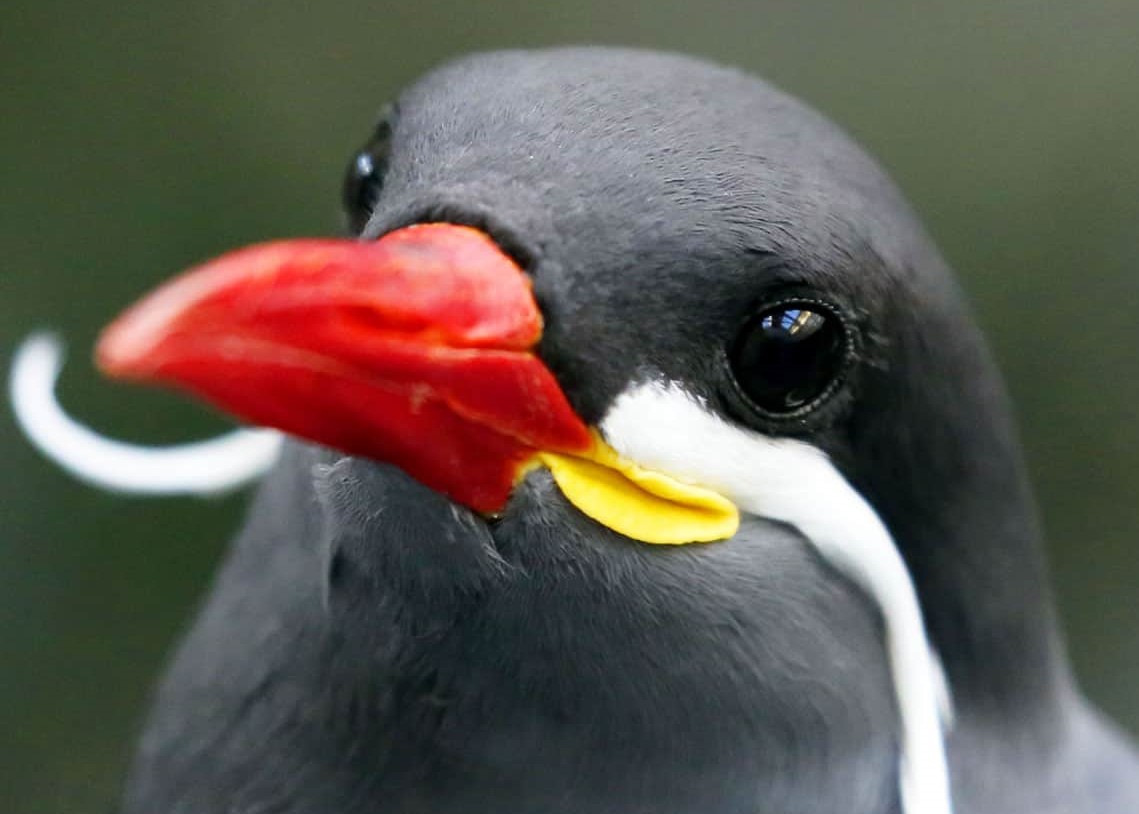Nakkan Swamp
The Nakkan Swamp is one of three swamplands that make up the larger Shroom Swamps, a major component of the continent Mycela. This region is inhabited by serukians, but more often than not eco-tourism and conservation sites, such as the Nakkan Swamp Resort.
Geography, Location & Climate
The Nakkan Swamp has the hottest climate of the three swamps in the Shroom Swamps region, exceeding fourty degrees Celsius on a daily basis. It is a densely forested region with thousands of pockets of trees, mostly comprised of nakkan mangroves.
Large, fast-flowing streams weave through the muddy ground, joining together a mass of small ponds and large lakes. This brackish water meets the freshwater swamplands of the Naireriatan Mire and the saltwater Coalsan Swamp.
Ecosystems are solely reliant on these mangrove trees. Their protective circle of roots provide ample room for building nests, their high canopies perfect for more nests, and the holes and cavities in and among their mass of trunks provide room for even more nests.
Civilisations
Eleven small towns can be found in the Nakkan Swamp. The largest town, Nakata, has a population of almost thirty thousand and relies on selling expensive endemic fish to other regions. Most towns in this swampland have little communication with others, prefering solitary lives. These small towns aren't all you can find in the Nakkan Swamp; lodges, resorts, holiday-homes, and the like can be found almost everywhere.
Ecology
One of the most ecologically diverse swamplands on Emycelium, the Nakkan Swamp is famous for its abundance of endemic species. These animals cannot be found anywhere else on the planet, and most are unfortunately endangered. The nakkan crocodile is a flagship species, with several zoological facilities in the region specifically conserving and breeding this type of crocodile.
The flora in the swamps are diverse, with many large tree species such as nakkan mangroves and nakkan beech trees. Lakebeds are rife with plant and kelp species, with invasive algae dominating the lake surfaces, competing with native species. Giant mushrooms are also abundant in the swamps, especially watershedding sweatcaps and kitchen tables.









i love the art! i love the vibe of mangrove trees like. so much.
thank you! i'm very happy with how it turned out :D